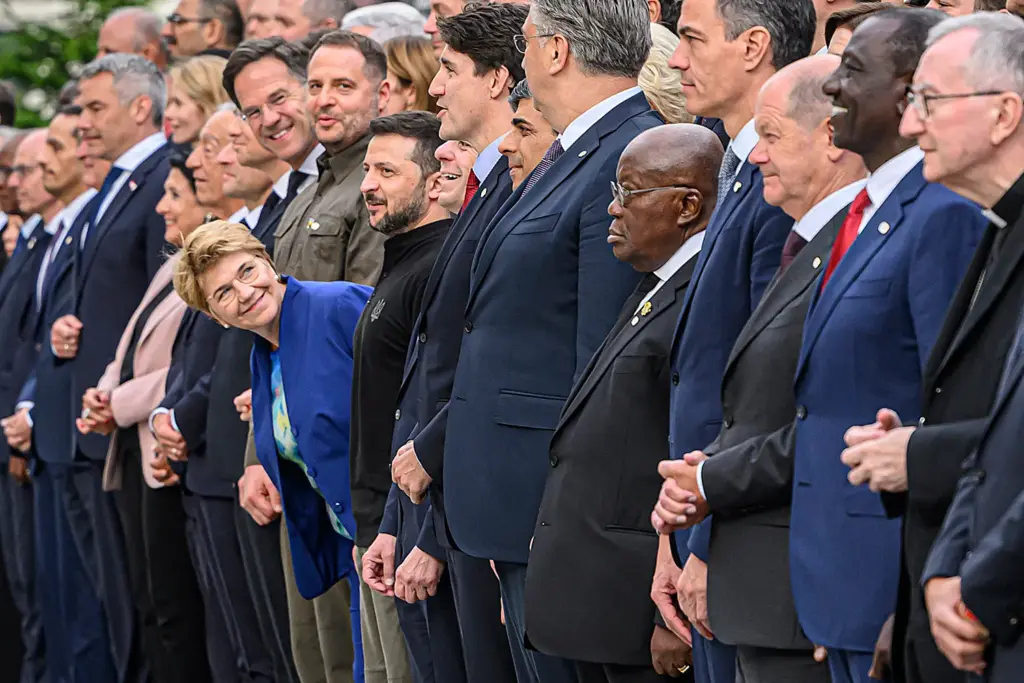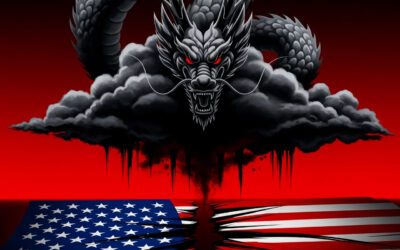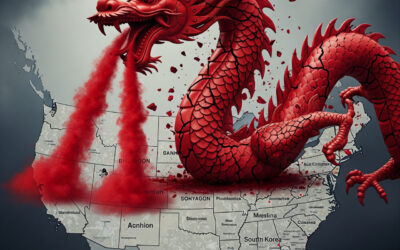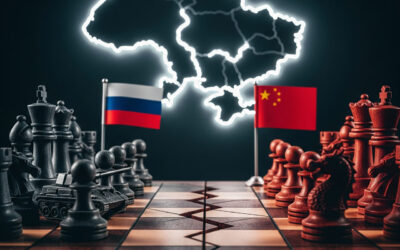The war in Ukraine, now grinding into its fourth year, has taken a sharp and unexpected turn. You get the sense that the world’s powers, once hesitant or outright skeptical, are suddenly waking up to the stakes. The United States, Germany, and a coalition of European allies are ramping up military aid to Kyiv with a vigor that feels like a collective exhale after months of uncertainty. This isn’t just about sending more weapons; it’s a signal that the West might finally be ready to force Russia’s hand at the negotiating table. But frankly, the sudden shift raises as many questions as it answers, and what’s troubling is how little clarity we have about where this escalation leads.
A Surprising Pivot
Just weeks ago, the U.S. appeared to be pulling back. Reports surfaced that military aid shipments—artillery shells, rockets, Patriot interceptors—were inexplicably frozen, sitting in Poland while Ukrainian cities endured relentless Russian missile barrages. The decision, reportedly made unilaterally by Defense Secretary Pete Hegseth, caught everyone off guard: Congress, the State Department, even Ukraine itself. Bipartisan outrage in Washington was palpable, with lawmakers from both sides demanding answers. Former President Donald Trump, when pressed, seemed as surprised as anyone, reportedly telling Ukrainian President Volodymyr Zelenskyy, “It wasn’t me.” The episode felt like a bureaucratic misstep in a high-stakes game, a reminder of how fragile alliances can be when communication falters.
But then, like a plot twist in a geopolitical thriller, the aid was not only reinstated but expanded. The U.S. is now pushing forward with a $300 million package, including offensive medium-range missiles, and a $500 million defense aid bill just cleared the Senate. Germany, too, has stepped up, committing to supply its long-range Taurus missiles—low-flying, hard-to-detect weapons capable of striking deep into Russian territory. This isn’t just a trickle of support; it’s a flood. And it’s not just the U.S. and Germany. A “Coalition of the Willing,” led by the UK, France, and Germany, is laying plans for a multinational force to enforce a future ceasefire, with the U.S. now joining the talks. You can almost hear the creak of diplomatic gears shifting.
Why Now?
The timing of this surge isn’t random. Some point to the recent U.S. military operation against Iran as a catalyst. Finnish President Alexander Stubb suggested as much, noting that Iran’s weakened state—unable to supply Russia with ammunition—might have emboldened the U.S. to take a harder line on Moscow. It’s a transactional world, as Stubb put it, where one move ripples across the globe. If Trump’s willingness to flex U.S. power in Iran signals a broader readiness to confront adversaries, Ukraine could be the next beneficiary. But there’s a catch: Trump’s approach is famously unpredictable, and his teased “big announcement” on Russia and Ukraine looms large. The last time he hinted at something major, U.S. B-2 bombers were striking Iranian nuclear facilities. What’s coming on Monday? No one knows, but the stakes feel higher than ever.
This shift also reflects a deeper realization: Ukraine’s fight isn’t just about Ukraine. It’s about the West’s credibility. For years, Europe has quietly outpaced the U.S. in total aid to Kyiv—156 billion euros to America’s 114 billion, according to the Kiel Institute. In military support alone, Europe’s 75 billion euros now surpasses the U.S.’s 64 billion. This isn’t the narrative we’re used to, where America leads and others follow. Europe’s stepped up, and the U.S., perhaps sensing it’s been outmaneuvered, is scrambling to catch up. Germany’s Taurus missiles, for instance, echo a familiar pattern from earlier in the war, when allies hesitated to send tanks until one broke the ice. Now, with the U.S. recommitting, Germany’s followed suit, and the dominoes are falling.
The Human Toll and the Long Game
But let’s not lose sight of why this matters. Ukraine is under siege. Russian drones and missiles—597 and 26, respectively, in a single night—hammer civilian infrastructure, from Lviv to Kharkiv. Zelenskyy’s plea for “actions, not just signals” carries the weight of a leader watching his people die. Two civilians were killed in the latest barrage, and the images of shattered apartment blocks are a grim reminder that this war is far from abstract. A new film, 2,000 Meters to End Drift Gun, captures the Ukrainian soldiers’ 2023 offensive, a brutal campaign that underscores the human cost. Its trailer asks, “What if the war lasts until the end of our lives?” It’s a question that haunts every discussion of aid and ceasefires.
The Coalition of the Willing’s plan for a Paris-based multinational force is a long-term bet, not a quick fix. Russia’s adamant opposition to foreign troops on Ukrainian soil, even post-ceasefire, suggests this idea could inflame tensions rather than resolve them. Stubb, ever the realist, admitted that ceasefire talks are stalled, with no momentum before fall. The coalition’s plans, while forward-thinking, feel like a blueprint for a future that’s still out of reach. Meanwhile, Ukraine’s developing interceptor drones to counter Russia’s cheap, high-altitude Shahed drones—a promising but costly innovation. Systems like Rheinmetall’s Skynex, with its 35mm cannons and modular design, are also entering the fray, but they’re no silver bullet. The sheer volume of Russian attacks demands a scale of defense that’s hard to sustain.
A Fragile Hope
What’s troubling is the uncertainty beneath this surge. Is the West truly committed, or is this a fleeting moment of resolve? Trump’s involvement, while encouraging, comes with baggage. His administration’s early missteps—like the aid freeze—suggest a lack of cohesion that could unravel again. And while Europe’s outpacing the U.S. in aid, it lacks America’s raw military capacity. The U.S. remains indispensable, yet its commitment feels contingent on political whims.
The thesis here is simple but urgent: the West’s renewed support for Ukraine is a chance to shift the war’s trajectory, but it must be sustained and strategic, not a flash of bravado. Strengthening Ukraine’s hand—through Taurus missiles, Patriots, or sanctions—could force Russia to negotiate, but only if the coalition stays united. The alternative is grim: a prolonged war that grinds down Ukraine’s spirit and the West’s resolve.
As we await Trump’s announcement, you can’t help but feel a mix of hope and dread. This could be a turning point, a moment when the West finally says, “Enough.” But wars don’t end on promises alone. Ukraine’s fight is a test of our collective will, and right now, it’s anyone’s guess whether we’ll pass.



